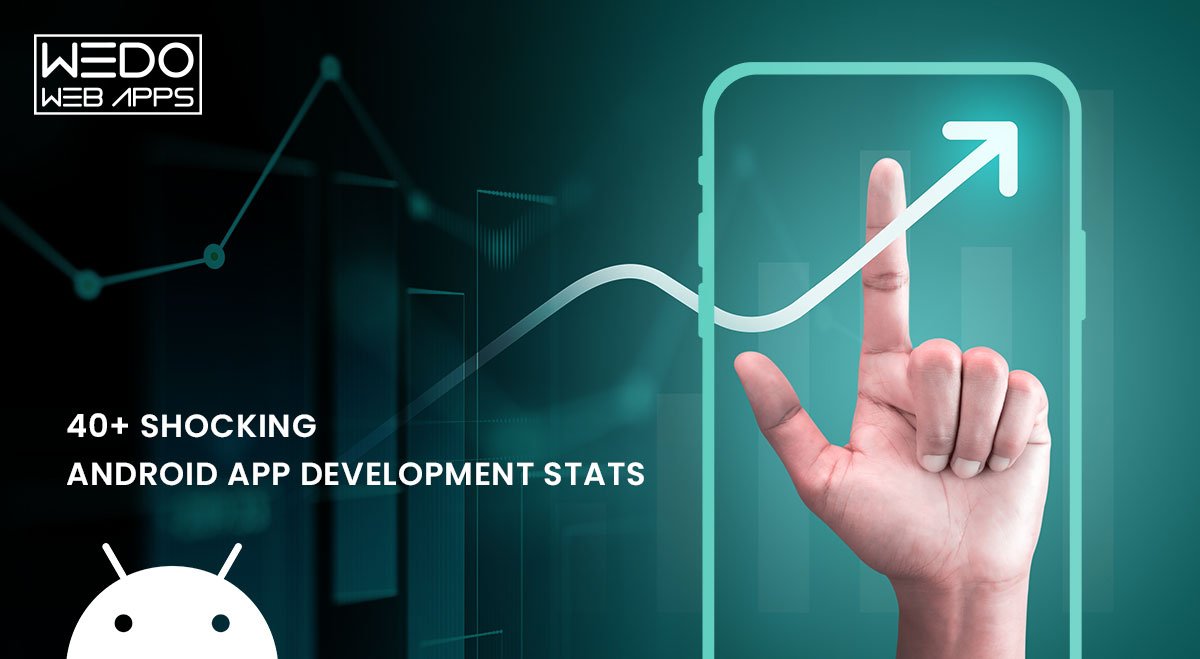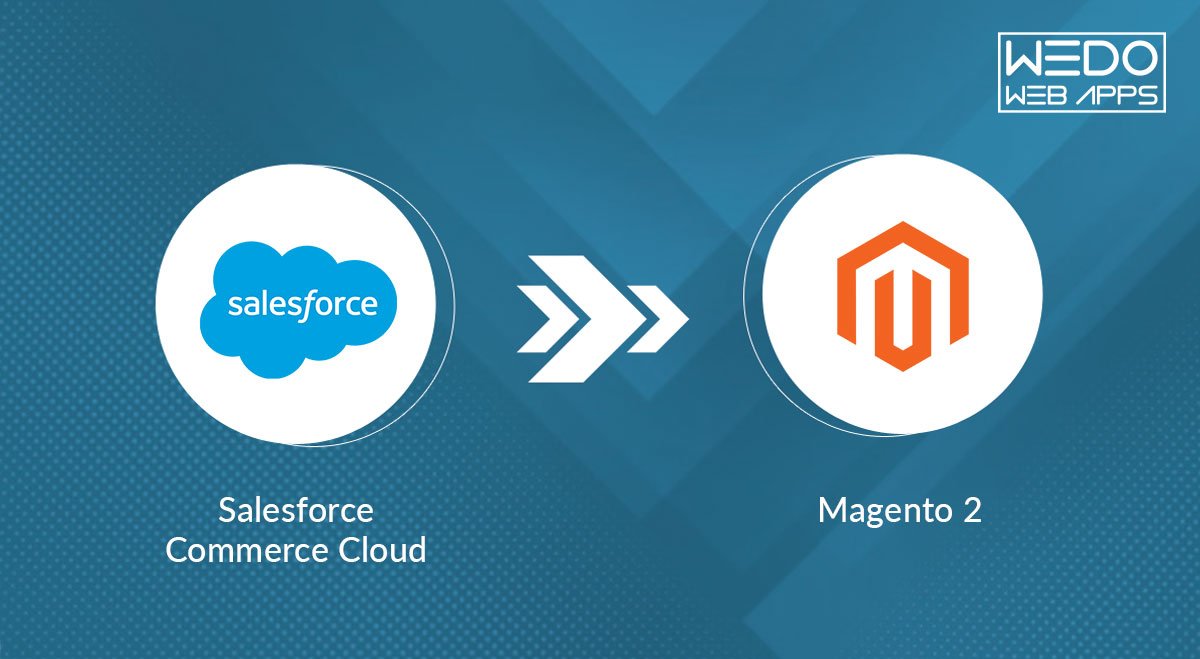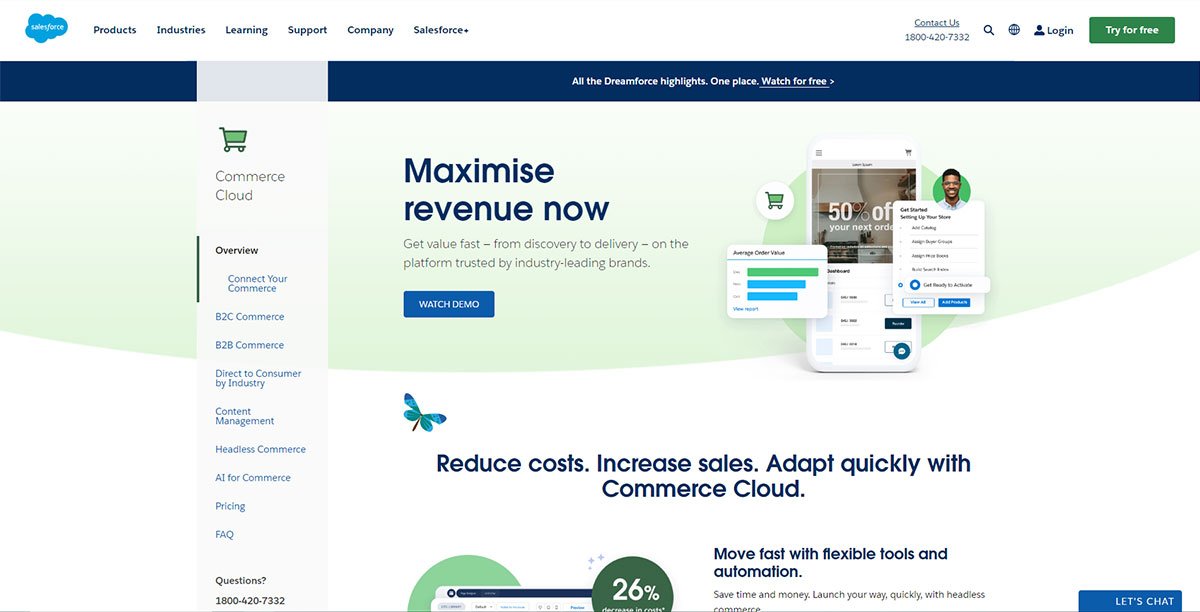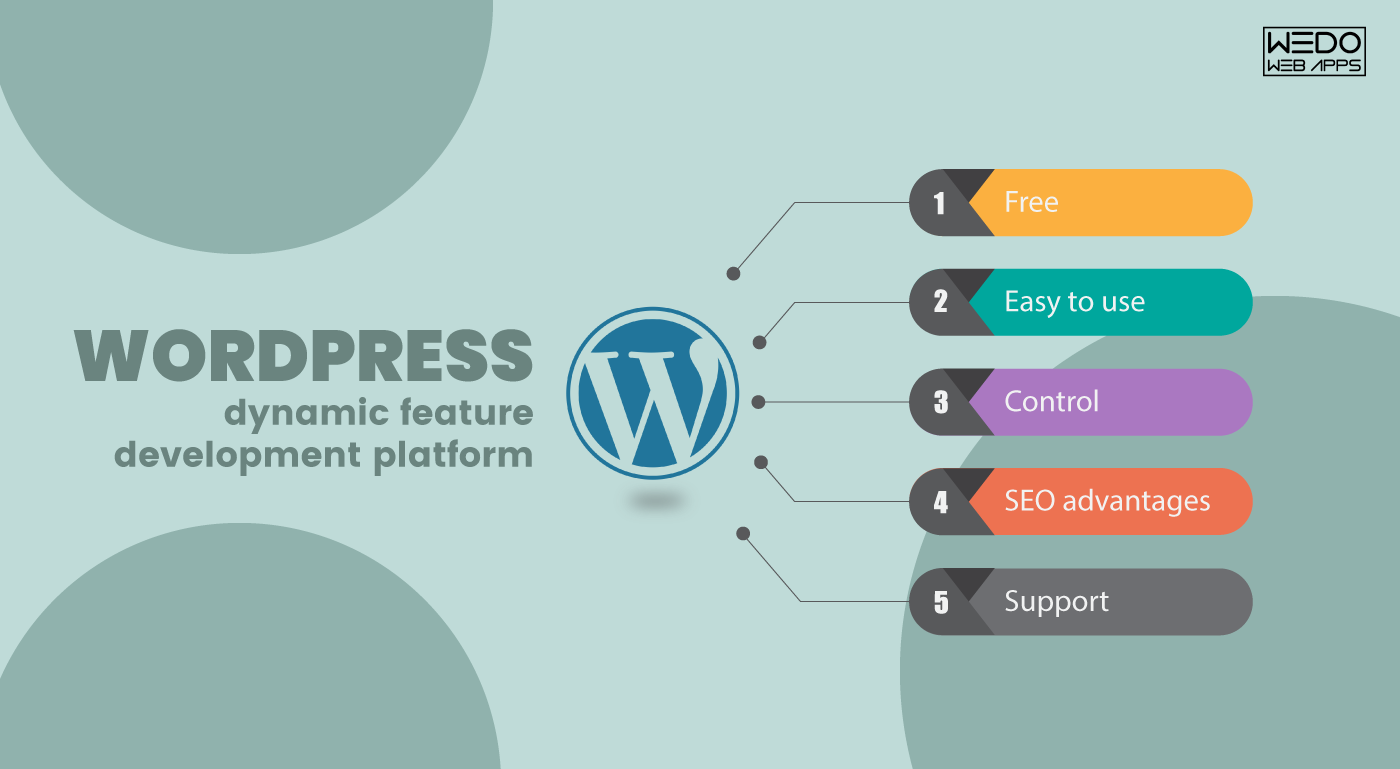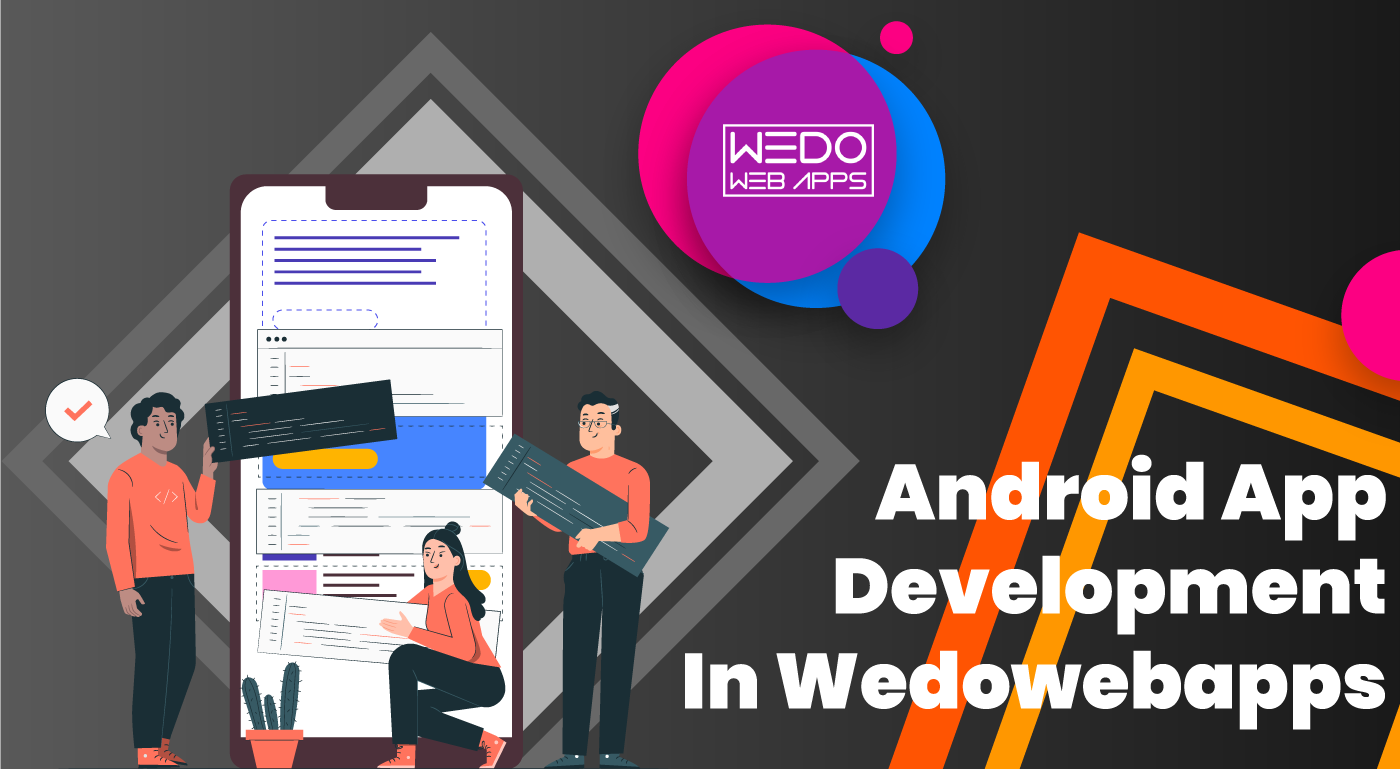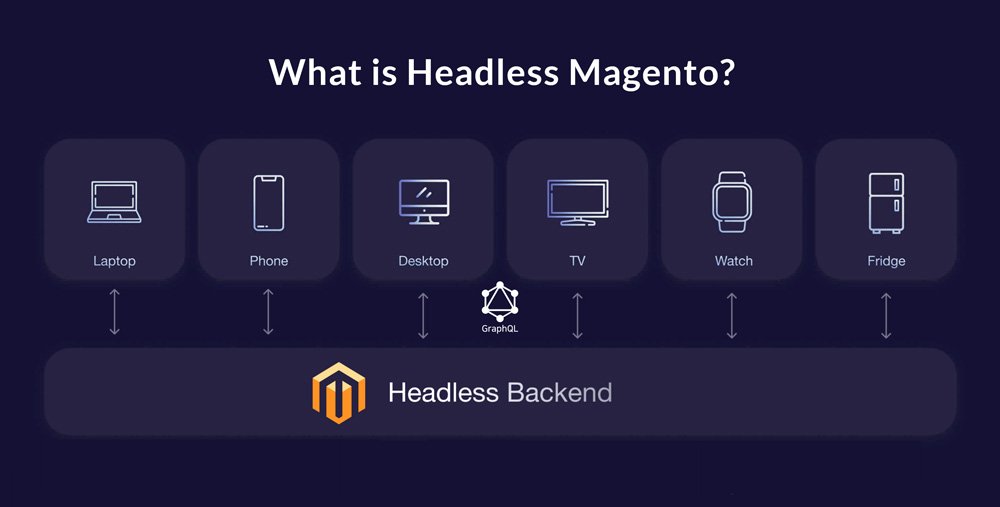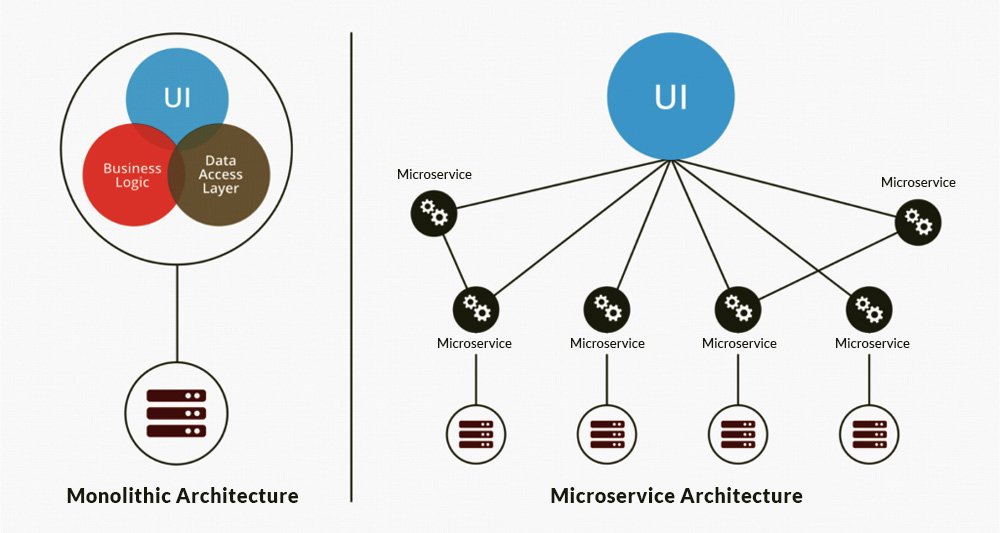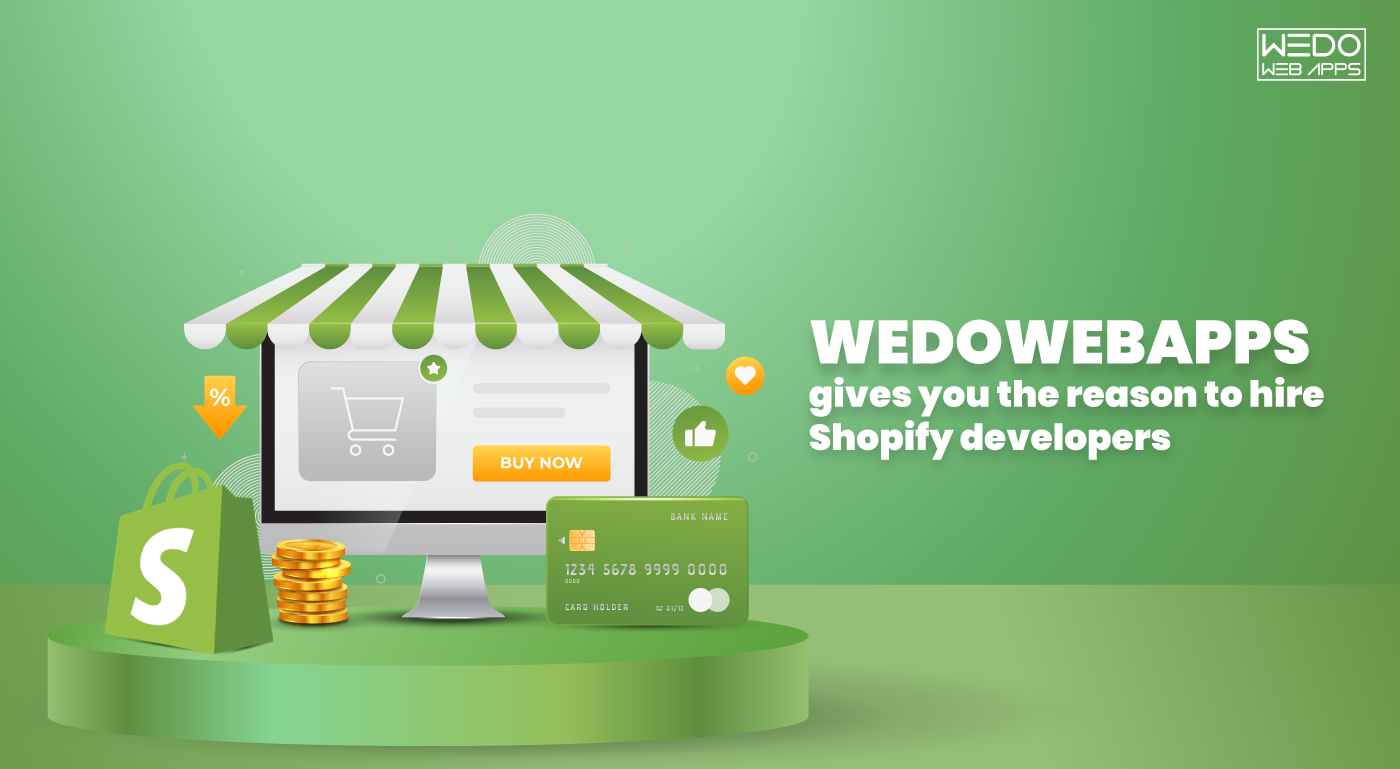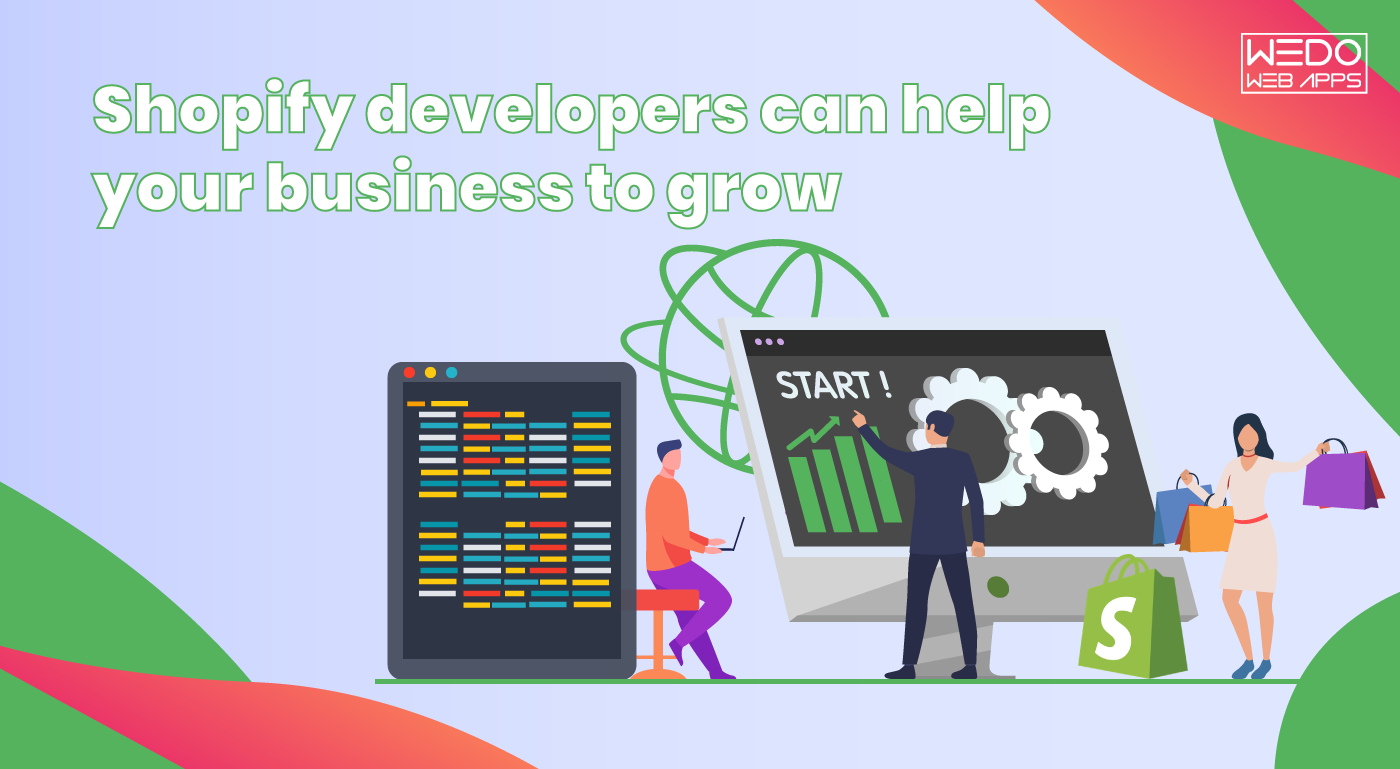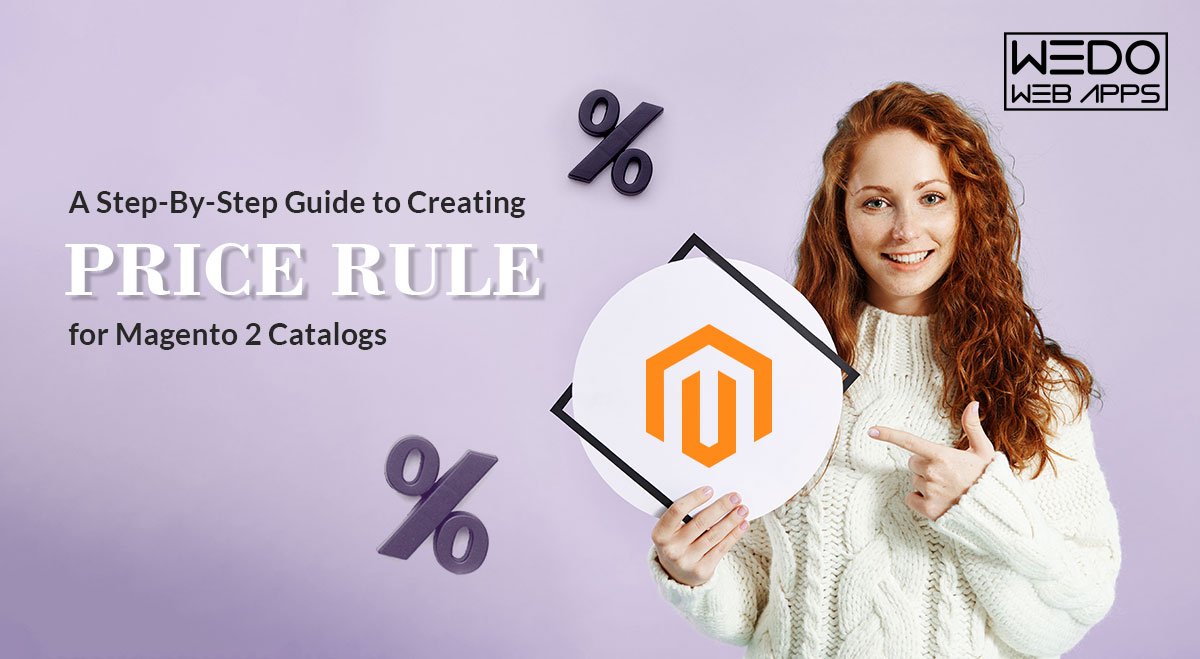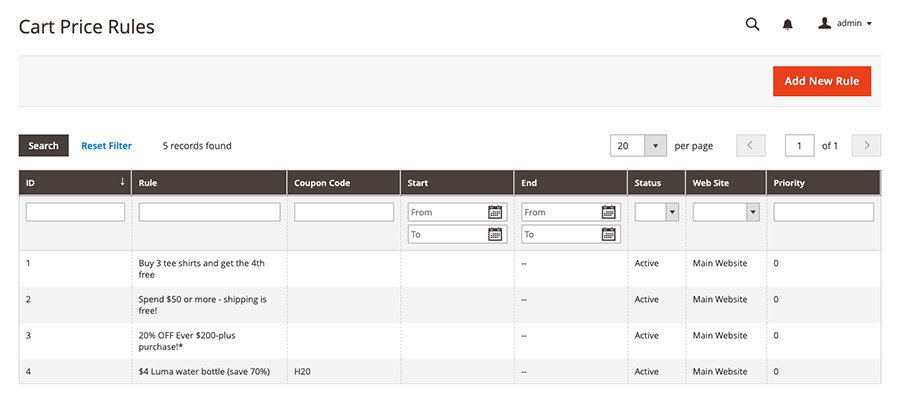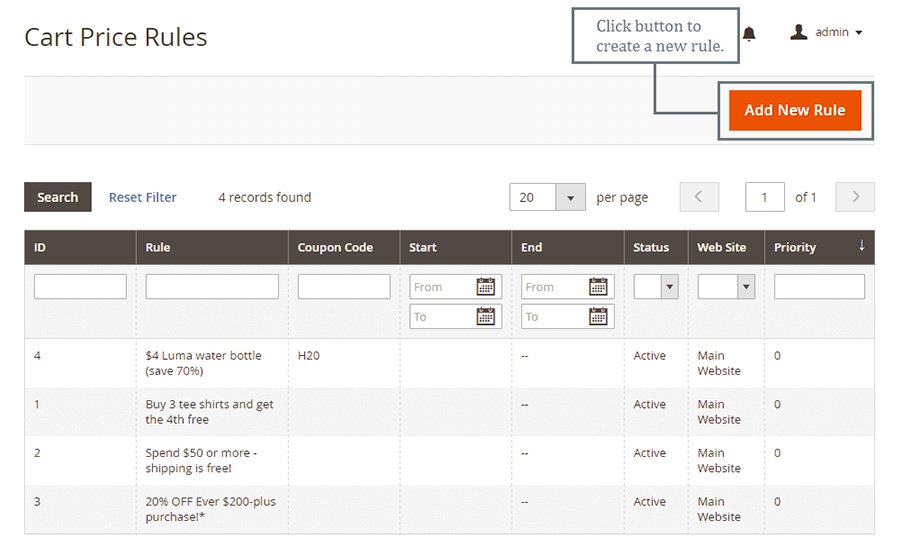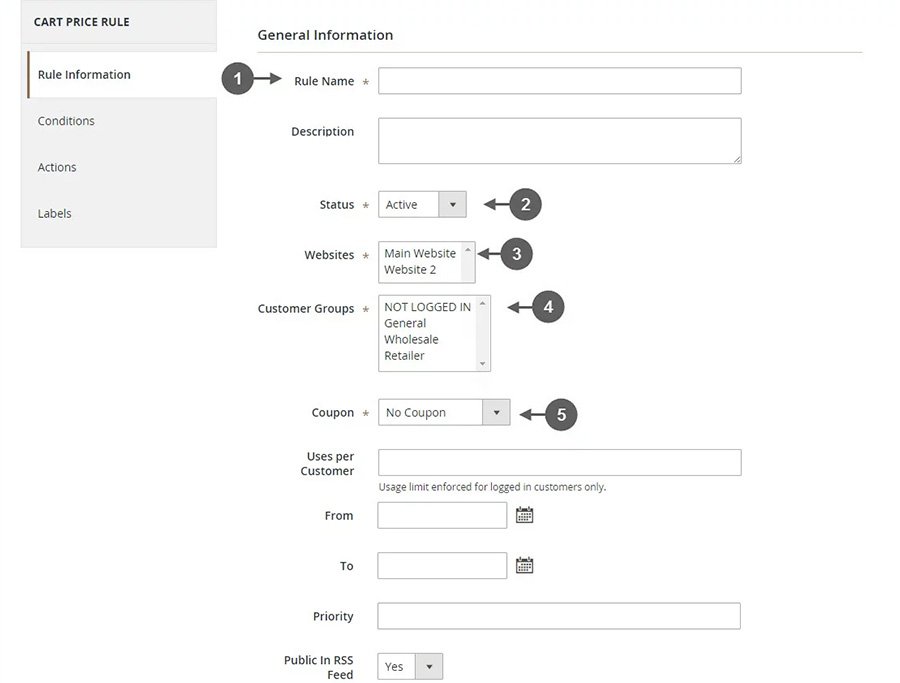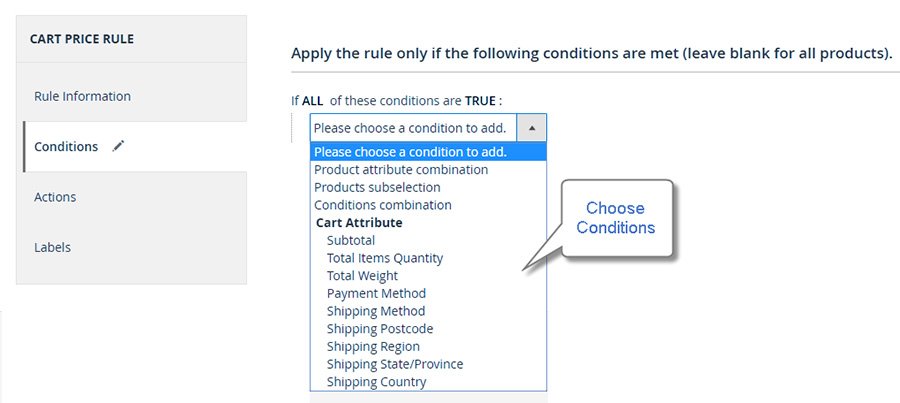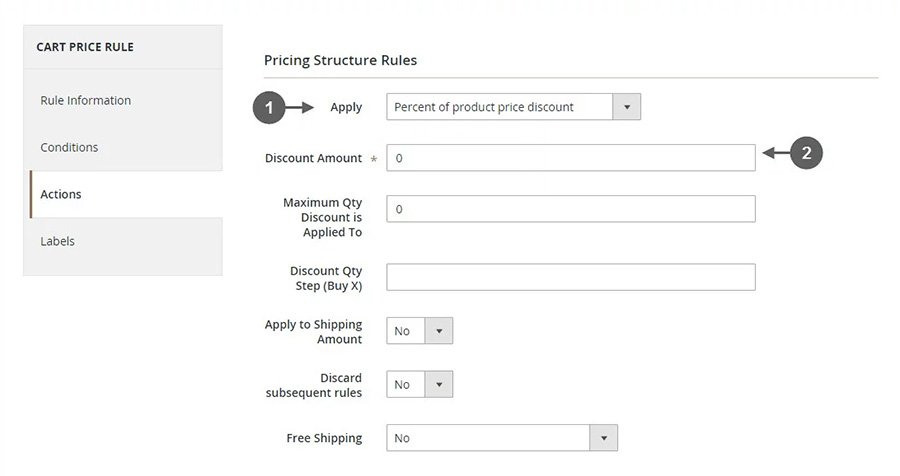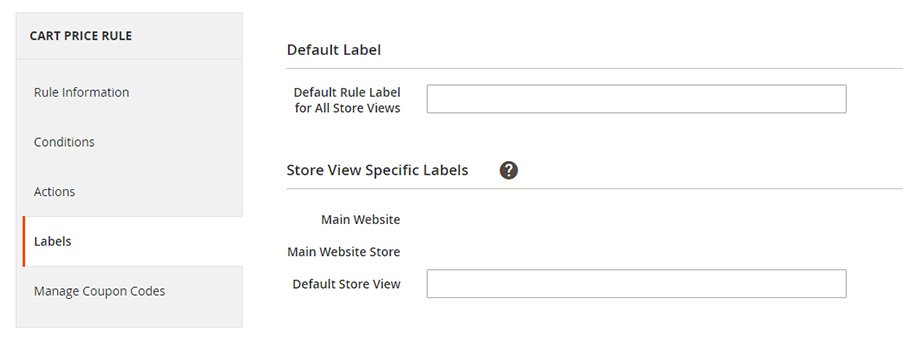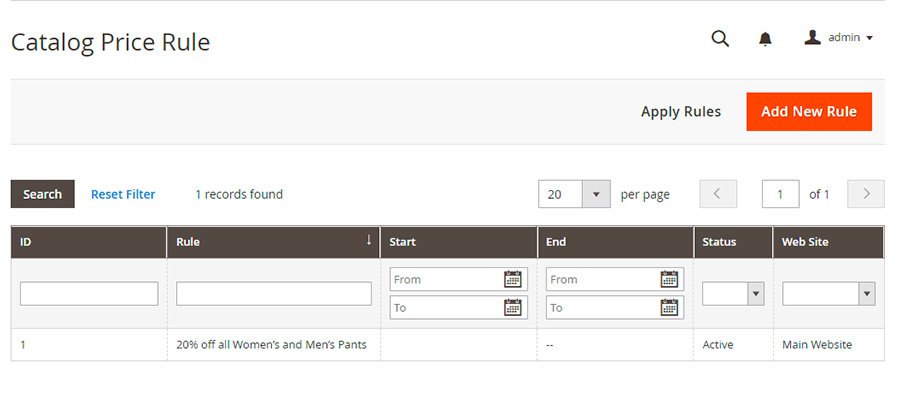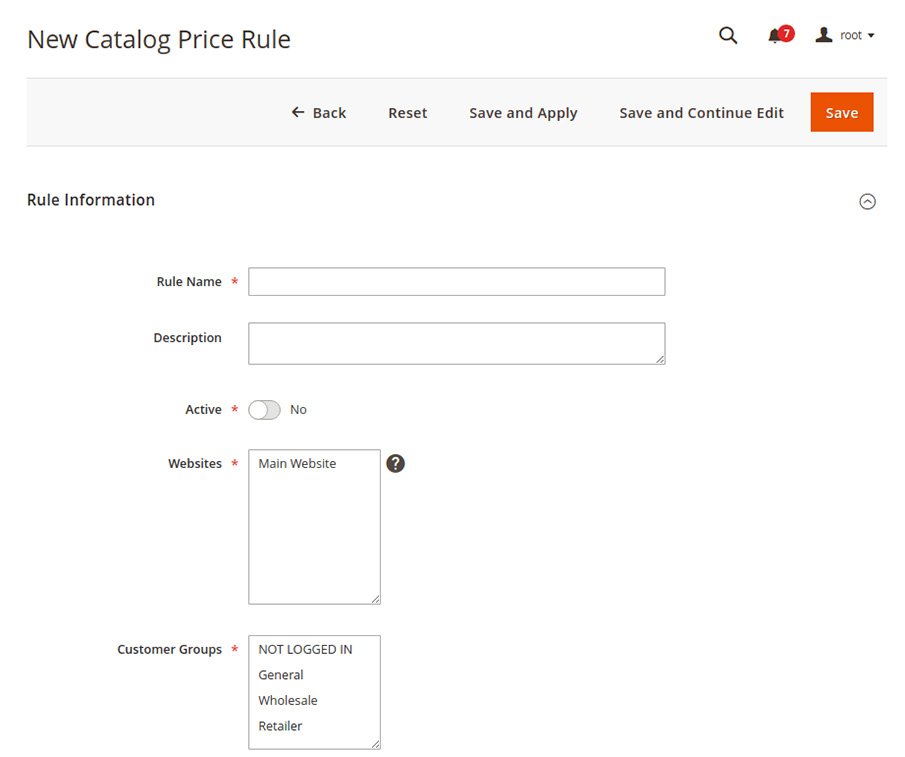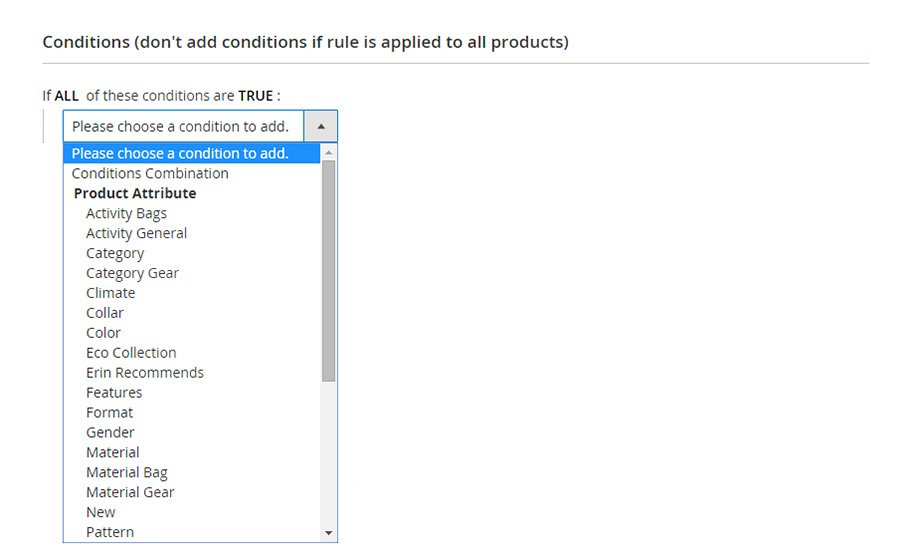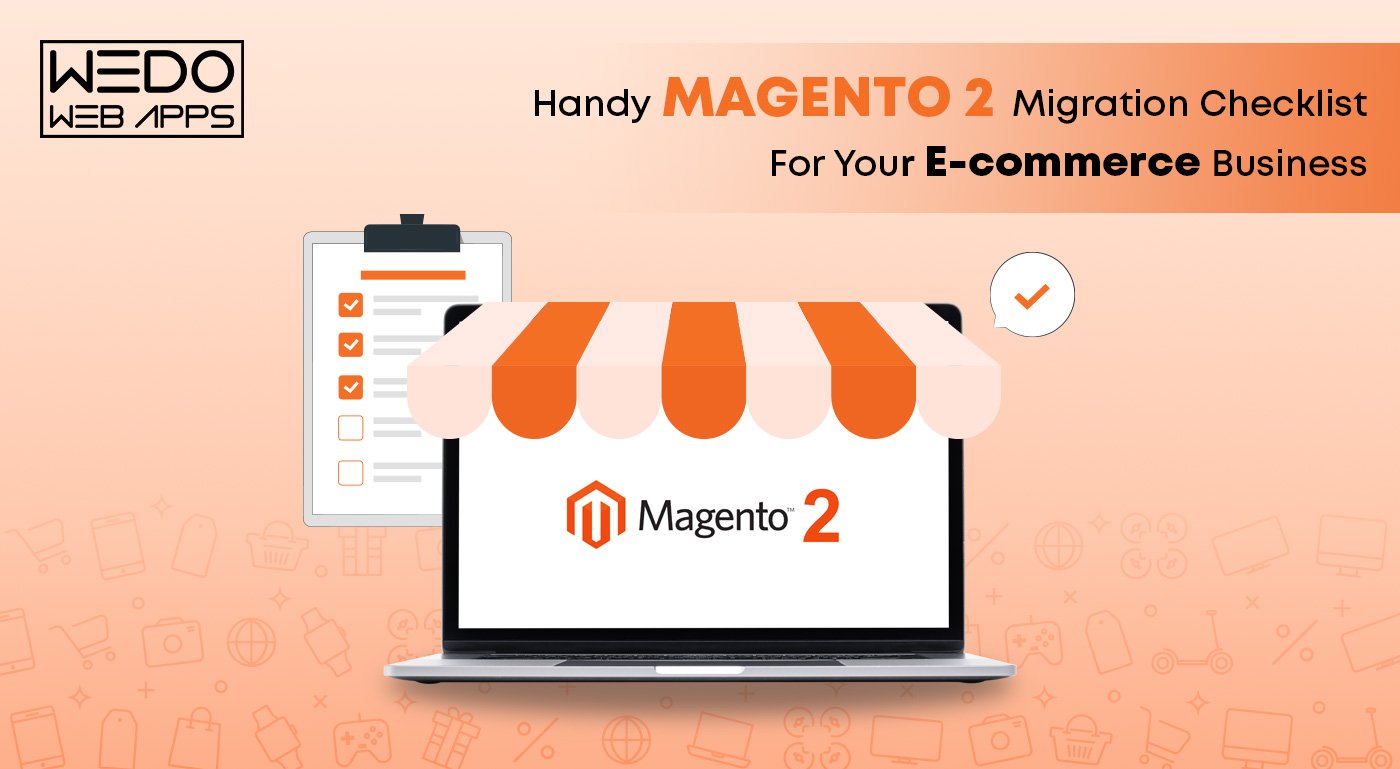Android app development has been controlling the mobile operating system worldwide with nearly 71.8% share in the market.
Compared to the 27.8% share of iOS, Android app development is leading the global market. With over 2.5 billion active users in over 190 nations, Android is the world’s most popular operating system, leaving a remarkable trace of performance amongst users.
It is a Linux-based open-source operating system. On November 5, 2007, it was first introduced to the world. It was initially developed by Android Inc., which Google later acquired.
With Android’s extensive application framework, businesses create cutting-edge mobile games and social apps in a Java-based environment.This blog covers top Android app development statistics that will leave you shocked. Let’s see them.
How Big Is The Android App Development Market?

In the preceding years, Android was considered a mobile-friendly operating system, but later, it was adopted across various platforms. Moreover, it isn’t restricted to mobile only, but includes tablets and televisions.
The most trusted report by Statista points toward new revelations of the mobile app development market. It indicates that the number of app downloads from google store has consistently increased yearly. This brings home many new opportunities for app developers and companies today to dive into the growth segment.
The growth of mobile apps downloads was around 140.7 billion in 2016, and by the end of 2021, it had reached 230 billion, with a great victory in mobile app development market and a 63% increase in just four to five years.
This demonstrates that the mobile app development market must meet a significant demand for new and existing users.
Now let’s see Android development stats. Ready? Lets go.
40+ Android App Development Stats That Will Blow Your Mind!
-
Android Applications
There are currently 2,684,012 Android Applications on Google Play being the most popular mobile operating system.
-
Tablet Market Leader
As of the second quarter of 2022, Android holds a 49 percent market share as the most popular tablet operating system.
Android, Apple iOS operating system, and Microsoft Windows dominate the global market for tablet operating systems. But currently holding the majority market share, Android is climbing the stairs of success and recognition as the most popular tablet operating system.
-
Trusted Android App Designer Companies
Some of the top Android app maker and designer companies are:
- WeDoWebApps.com
- React Native App Development Company
- NMG Technologies
- Intuz
- Intellectsoft ELEKS
- Konstant Infosolutions, etc.
-
Popular Operating System
Mobile application development on Android is currently the most popular operating system in the world. It has nearly 2 billion users worldwide.
-
Increase In Demand For Android Smartphones
The average selling price of smartphones with Android app development around 2017-2021 was 261 U.S. dollars, which increased by almost 4.5% from 2019.
-
Reduction In Service Fee For Google Play
The manufacturer of Android announced on July 1, 2021, that it would reduce the service fee for Google Play from 30% to 15% for the first $1 million in annual revenue generated by Android app developers using the Play billing system. In addition, it said that the company would take a 30 percent cut from every dollar developers make through Google Play after the first $1 million they make in a year.
-
Market Share Consolidation
Even in the January 2022 study, Android maintained its share of close to 70%, whereas iOS held approximately 25% of the mobile operating system market.
-
Mass Favourite Platform
In a global survey of software developers conducted by Statista, 87% of respondents favored Android app development, making Android the most popular platform for growth in 2021.
-
iOS Being The Second Choice
60% of respondents indicated that the Apple iOS operating system was the second most popular choice for software development.
-
Android Tops In Major Part Of The World
Android development by Google is the most popular smartphone operating system, accounting for 70% of all smartphone users. However, iOS has a more extensive overall user base in the US and UK.
-
Google’s Android Is The Leader In India Too
In large countries like Brazil, India, Indonesia, Turkey, and Vietnam, Android app development Google commands a market share of more than 85%.

-
Number Speaks More Than Anything Else
Last year, Android smartphones sold more than one billion units.
-
Android Smartphones Leader
Huawei and Xiaomi, followed by Samsung, are the next-largest Android smartphone manufacturer.
-
What do Android Developers Do?
Most Android developers’ work consists of developing apps for the Android marketplace.
-
Android Developers Future
Best Android developers may be employed by an app development company or a large company internally. With an 87% share of the global market in 2019, smartphones running the Android mobile operating system are yet to see more growth in the coming years. Therefore Android developers do have a bright future in this domain with Kotlin and Java as preferred android app development language.
Read more about New Trends In Mobile App Development
-
True Winner
The Android web app development platform held merely a 4% share of the global operating systems market in 2009, multiplied by around 20 percent yearly for the next three years.
-
Chinese Factor
Chinese manufacturers like HTC, LG, and others in the mid-2010s are responsible for over 50% of device sales with Android app development.
-
Popular Android Version
Amongst the most popularly known versions amongst Android users is 11.0.
-
Top-Grossing Android Programming Apps
As recorded in April, the top-grossing Android programming app in the google play development is dominated by games like Garena Free Fire, Coin Master, and PUBG. This hints toward a revenue increase of over 70% in gaming apps in 2024.
-
Most Popular Android App On Google Store
The most popular Android app development on mobile by Google in the Google Play Store worldwide is TikTok.
-
Most Downloaded App In The Google Play Store
TikTok received nearly 24 million downloads from Android users worldwide in September 2022, making it the most downloaded app in the Google Play Store. With over 21 million downloads from users worldwide, Instagram was the second most popular app.
-
Highest Revenue Android App Maker
The revenue earned by Coin Master is the highest in terms of Android app development by Google, which is nearly 47.96 USD.
-
New Version Surpassing The Old Version
Thinking about what is latest android operating system? In September 2022, the 12 Android operating system (OS) version held almost 48% of all mobile Android devices in the United States, surpassing the 11 OS version.
-
Android – The Dominator
Android alone is the dominator of global smartphone users by a share of 70%.
-
Highest Salary Package
App developer Android in the UK bagged the highest salary of nearly $113k/year in 2022.
-
Android Popular Amongst Common People
In surveys conducted, it has been noted by Ansolex that Android clients are primarily working class, whereas iPhone clients are mostly upper working class.
-
Android Is Preferred the Most By Men
Men are 10% more likely to use Android, while women are 18% more likely to use iPhones.
-
Android Was Built As An Alternative To iOS
In the early 2010s, Andy Rubin developed Android as an open-source alternative to the iPhone and Palm OS. It quickly became the preferred operating system for most mobile device manufacturers.
-
When Did Android Reach The 1 Billion Milestone?
Android quickly became the most popular mobile operating system, reaching over one billion active users by 2014 thanks to the phones launched by industry titans like Samsung, LG, Motorola, and HTC.
-
Android Users or iOS Users?
iPhone users are fifty percent more likely to be early adopters, but Android users are 31 percent more likely to be late adopters.
-
Increase In Revenue
Google’s control over Google app development grew along with the popularity of Android. Over the past decade, Google Play has increased dramatically, reaching $38.6 billion in revenue in 2020. In 2020, more than 2.9 million apps were downloaded.
-
Largest App store
The Google Play Store is the largest app store in the world with 2.65 million apps available for download as of June 2022—supports the growth of mobile apps popularity of Android devices.
-
Gaming Apps Taking The Lead
In 2021, the mobile application market’s gaming segment had android app measure of a revenue share of over 42.94 percent. In addition, the development market will continue to be dominated by this sector in the upcoming years.
-
Android App Categories To Look Out For
For Android App Development, several other industries significantly contribute to the development market, in addition to gaming. Apart from gaming, education, business, entertainment, music and audio, food and drink, shopping, and lifestyle are the top Android development categories.
-
Android Devices Are Less Expensive
In Particular, Android held over 70% of the market for smartphone operating systems in 2021. This success is also because Android devices typically cost less than those made by Apple, its biggest rival.
-
Most Downloaded Gaming Android App
In June 2022, Dessert DIY, a game app, was the most downloaded Android app.
-
Conversion Ratio
29% of consumers said they switched from an iOS device to an Android device because it was more affordable, while 11% said they changed the other way.
-
Android Users Are More Loyal
Both platforms have high and consistent customer loyalty; Android users are slightly more loyal than iOS users. According to a 2018 Consumer Intelligence Research Partners report, Android has a customer retention rate of 91 percent, while iOS only has a rate of 86 percent.
-
Android App Performs Better Than iOS
According to a 2021 Airship report, Android apps perform better than iOS apps regarding user engagement from push notifications. In addition, Android users are more responsive to push notifications.
-
Android Users Are Most Likely To Click On Push Notifications
Compared to iOS, Android has a reaction rate of 3.4%. This indicates that iPhone users click push notifications less frequently than Android users.
-
Android Users have More Opt-In Rate Percentage
Android users have a higher opt-in rate of 81 percent than iOS users, who have a rate of 51 percent. As a result, a more significant number of Android users opt-in to receive push notifications.
Conclusion
There are many reasons to choose Android. The best way to choose a platform is by working with other departments, people, and interests. Android is the ideal choice for new businesses and rising organizations. It is fully equipped for supporting organizations and their worldwide application creation points.
We at WeDoWebApps develop Android apps that would alleviate all of your concerns. Utilizing a single platform to complete your business tasks on your behalf typically results in better utilization of resources, time, and talent for android app developer to hire. And what better way to get started than with Android?
